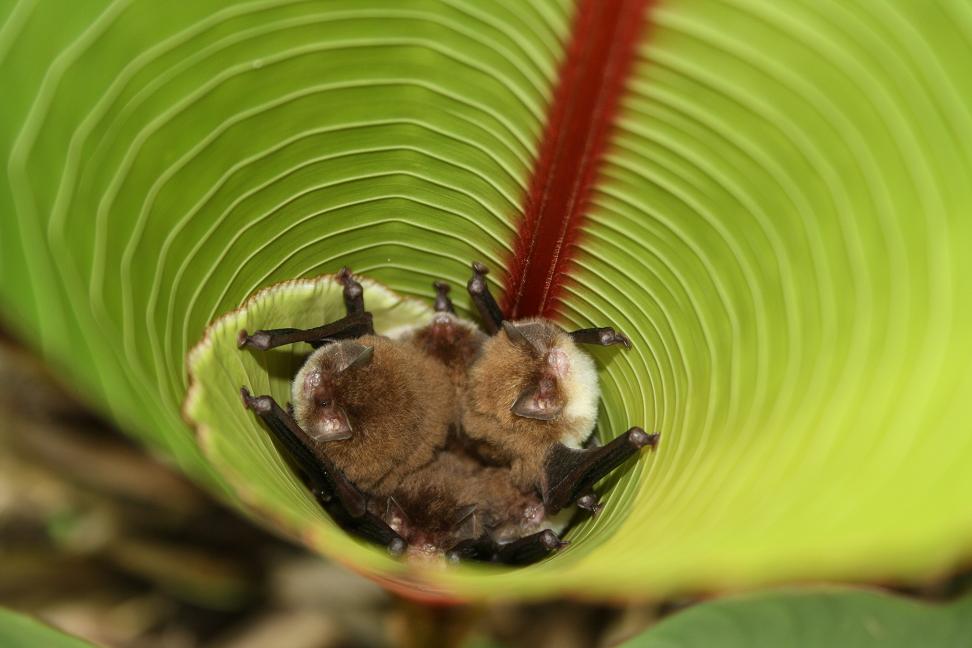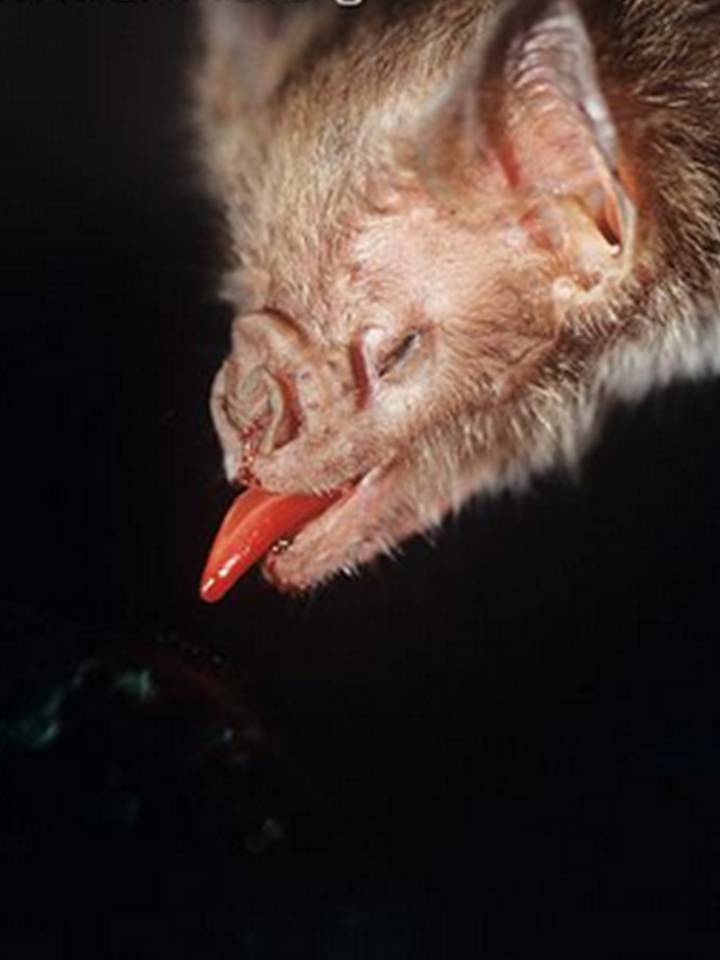When you purchase through links on our land site , we may earn an affiliate commission . Here ’s how it works .
Early bats could fly , but they probably had trouble recognise where they were going .
scientist have hear the systema skeletale of the most archaic at-bat love . It had functioning wings but no ability to perceivespace through echo , as innovative bats do .

A cast of Onychonycteris finneyi, a new primitive bat fossil. Wing digits are well laid out on viewer’s left side and show small claws on tip of each finger.
Unearthed in Wyoming , the well-nigh - concluded ossified skeletal frame dates from the Early Eocene date of reference , about 52.5 million days ago . The figure of its skull indicates that the flying mammal lacked the power to echolocate — that is , to try distance and direction by send out a call and analyse the way it echoes back .
" I was very surprised when we discovered that , because I had been so used to the fact that Eocene squash racquet were echolocating bats , " said Nancy Simmons , an evolutionary biologist at the American Museum of Natural History in New York , who consider the fossil . " There are several other species from the Early Eocene that could echolocate . To find one that does n’t echolocate is really exciting . "
The breakthrough is significant because it helps to sink a long - stand scientific question .

" One of the really exciting thing about this is it gives us a chance to see at an old problem — which came first , echo sounding or flight ? " Simmons told LiveScience . " We have n’t been able to decide . Now , we have strong support for the flight - first hypothesis because we in reality have a primitive bat that could fly but lack the features involved in echolocation . This gives us a nice solution to a scientific trouble that ’s been annoying for some clock time . "
The primitive bats probably had to rely on vision , smell and regular hearing to navigate and hunt .
The new species is calledOnychonycteris finneyi .

" It ’s a Modern branch of the cricket bat household tree , " Simmons aver . " It ca n’t be placed in any previously know family . "
The pattern of its limb bones point that this creature may have been an agile climber with the ability to mount trees and hang from branch .
" in all likelihood it was quite good at scramble around by hanging under branches because its hind limbs were proportionately farsighted than most bats ' , " Simmons said .

The scientists think this fossil may represent a bridge level between bats and their mammalian ancestors . Although the most naive chiropteran ever found , it is not the oldest . O. finneyidates from about the same meter as a creature calledIcaronycteris , whose fogy was previously find in the same area . This fossil ’s skull Supreme Headquarters Allied Powers Europe suggests that it did have the power usance echolocation to hunt its insect target .
The newly unwrap metal money is account in the Feb. 14 publication of the journalNature .















